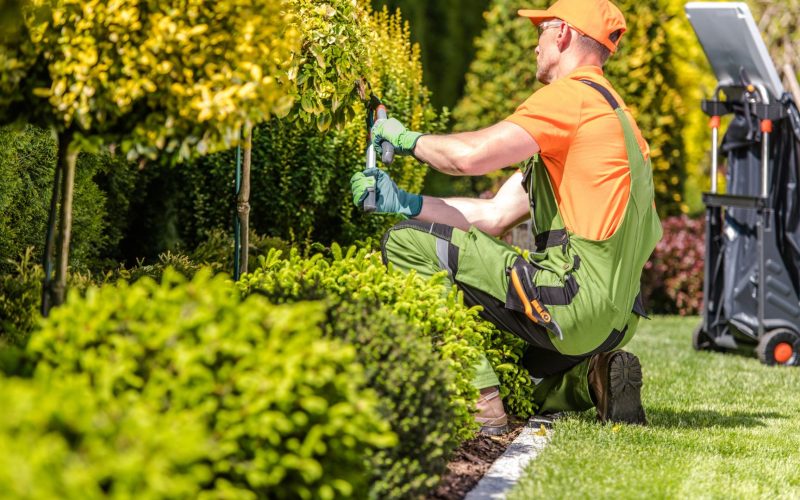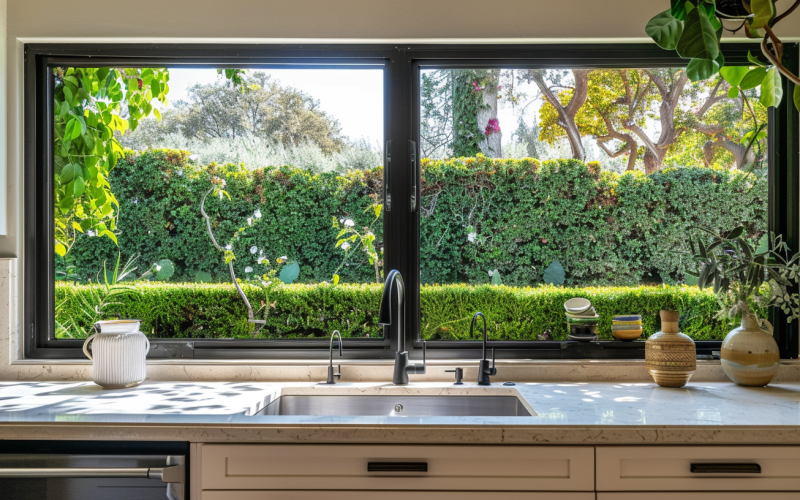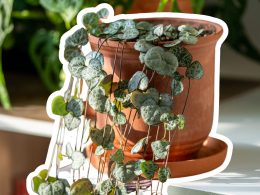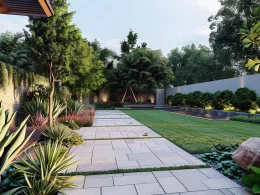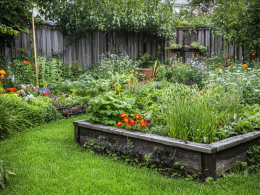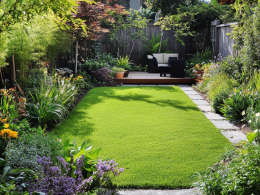Growing a cut flower garden can seem daunting at first. However, you might worry about choosing the right plants, finding the best layout, or keeping everything healthy. I get it.
I felt the same way when I started. But here’s the good news: anyone can create a lovely cut garden with simple planning. In this guide, I’ll walk you through the easy steps to designing your flower paradise.
We’ll cover picking the perfect spot, choosing flowers that work well together, and laying out your garden for beauty and function. By the end, you’ll have all the tools to start your cut flower adventure.
Ready to get your hands dirty? Let’s get started!
Understanding the Basics

A cut flower garden is a special garden grown to harvest blooms for bouquets and arrangements. Unlike a regular flower garden, which is mainly for outdoor enjoyment, a cut flower garden is all about producing a steady supply of flowers for indoor use.
The main difference lies in how the plants are grown and cared for. In a cut garden, flowers are planted in neat rows or blocks, making them easier to tend and harvest.
Regular gardens often focus on overall visual appeal, while cut gardens prioritize stem length, bloom quality, and continuous production.
Planning and layout play a big role in the success of a cut flower garden. A well-thought-out design ensures something blooms, simplifies care and harvesting, and helps prevent overcrowding or disease.
Good planning also means choosing plants that work well together and bloom at different times, creating a pretty and practical garden.
1. Choosing the Right Location
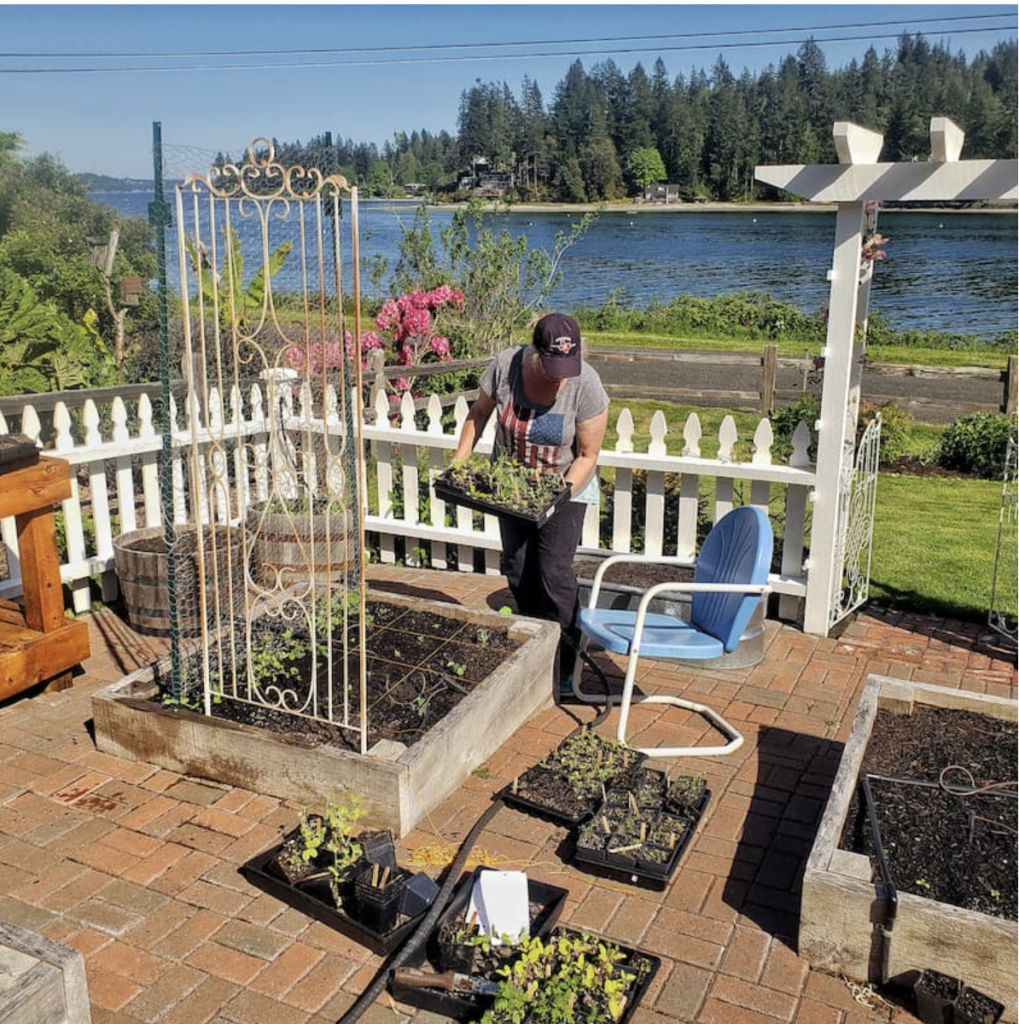
Picking the perfect spot for your cut flower garden is key to its success. Here’s what to look for:
- Sunlight: Most cut flowers need at least 6 hours of direct sun daily to grow strong and produce many blooms. Look for a spot that gets plenty of morning light.
- Good Soil: Your flowers will do best in well-drained, rich-in-nutrient soil. Avoid areas where water tends to pool after rain. To make your soil even better, add some organic matter. Compost and mulched leaves work great. They feed your plants and help the soil hold water better.
- Space: Each plant needs room to grow without being crowded. This helps prevent disease and makes it easier to care for your flowers.
- Do a Soil Test: You can buy a simple kit or send a sample to a local garden center. This will tell you what your soil needs so you can give your flowers the best start.
2. Designing the Garden Layout
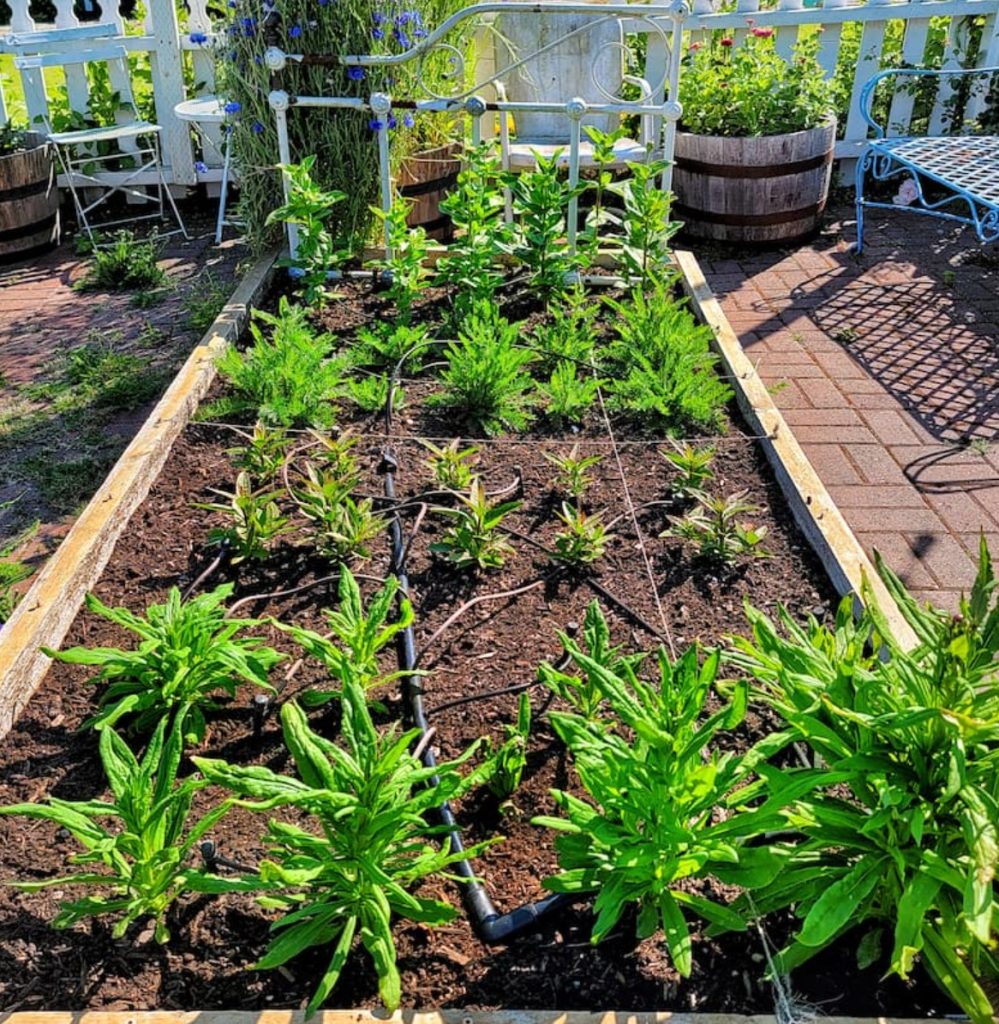
A well-planned layout can make your cut flower garden pretty and easy to care for. Here are some steps to help you create a great design:
- Mark out Your Garden Space: Use borders to show clearly where your garden begins and ends. This could be as simple as a line of stones or a small fence. Borders help keep grass and weeds out and make your garden look neat.
- Consider What’s Already in Your Yard: Big trees, bushes, or even a fence can be nice backdrops for your flowers. They can add depth to your garden and make it more interesting.
- Group Flowers with Similar Needs Together: Put flowers like lots of water in one area and those prefer drier soil in another. Do the same for sun-loving and shade-loving plants. This makes it easier to care for each group properly.
- Add Paths Through Your Garden: These let you easily reach all your flowers for watering, weeding, and picking. Paths can be simple, like mulch or stepping stones. They also make your garden look more organized.
- Consider Adding Special Touches: A pretty trellis, a small birdbath, or a bench can make your garden more fun. These focal points draw the eye and make your garden unique.
3. Selecting and Arranging Plants
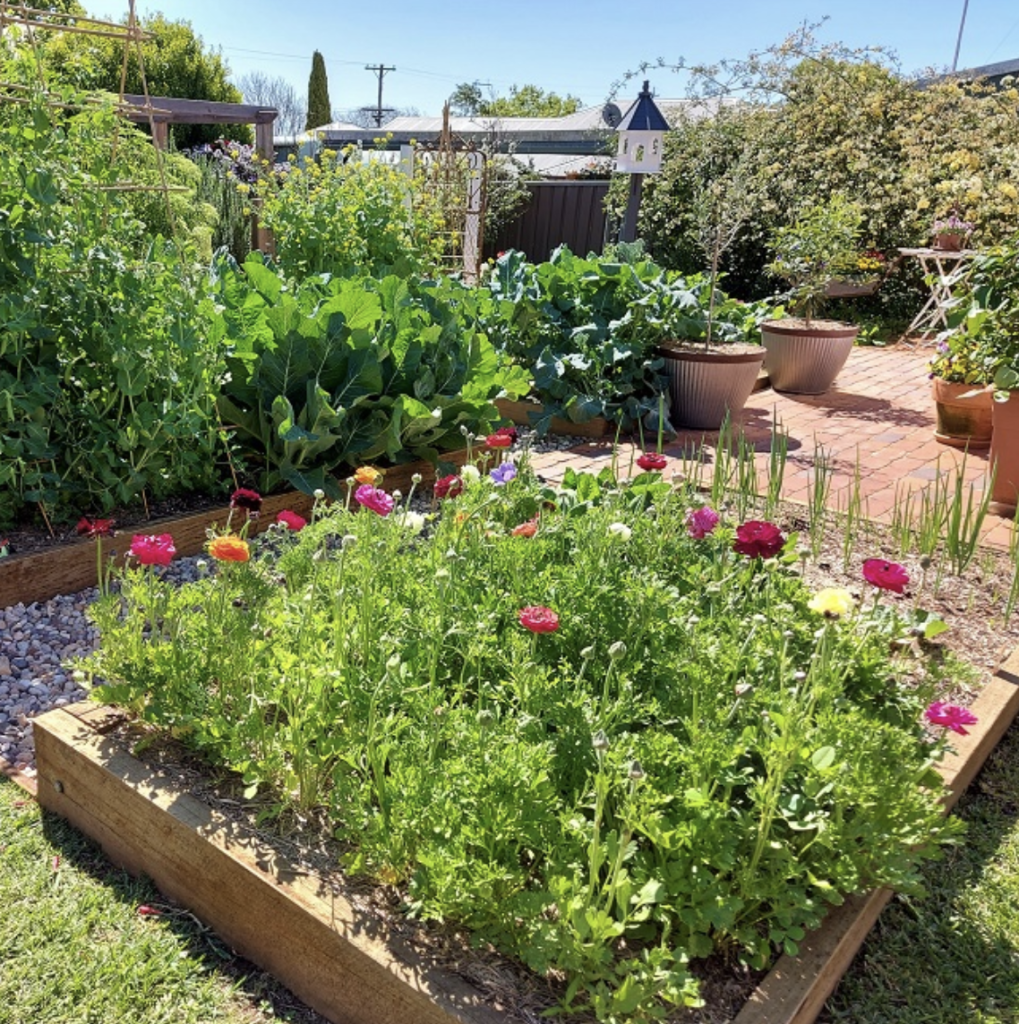
Picking the right flowers for your cut garden is fun and important. Here are some tips to help you choose and arrange your plants:
- Consider Your Local Weather: Some flowers love heat, while others prefer cooler temperatures. Pick ones that will be happy in your area. Also, look at when each flower blooms. You want a mix so you have flowers all season long.
- Color is Another Big Factor: Think about what colors you like together. Do you want bright, bold colors or soft, pastel shades? Height matters, too. Tall flowers can provide a nice backdrop for shorter ones.
- Group Your Plants by Color: This can create a stunning visual effect in your garden. You might have a section of all pink flowers, then a section of purples, etc. Or, you could mix colors for a more varied look.
- Put Taller Plants Towards the Back: They won’t block the sun from shorter plants and create a nice layered look, like a living bouquet.
- Mix Early and Late Bloomers in Each Area: This ensures flowers pop up throughout the growing season, keeping your garden colorful and interesting from spring to fall.
4. Calculating Space and Planting
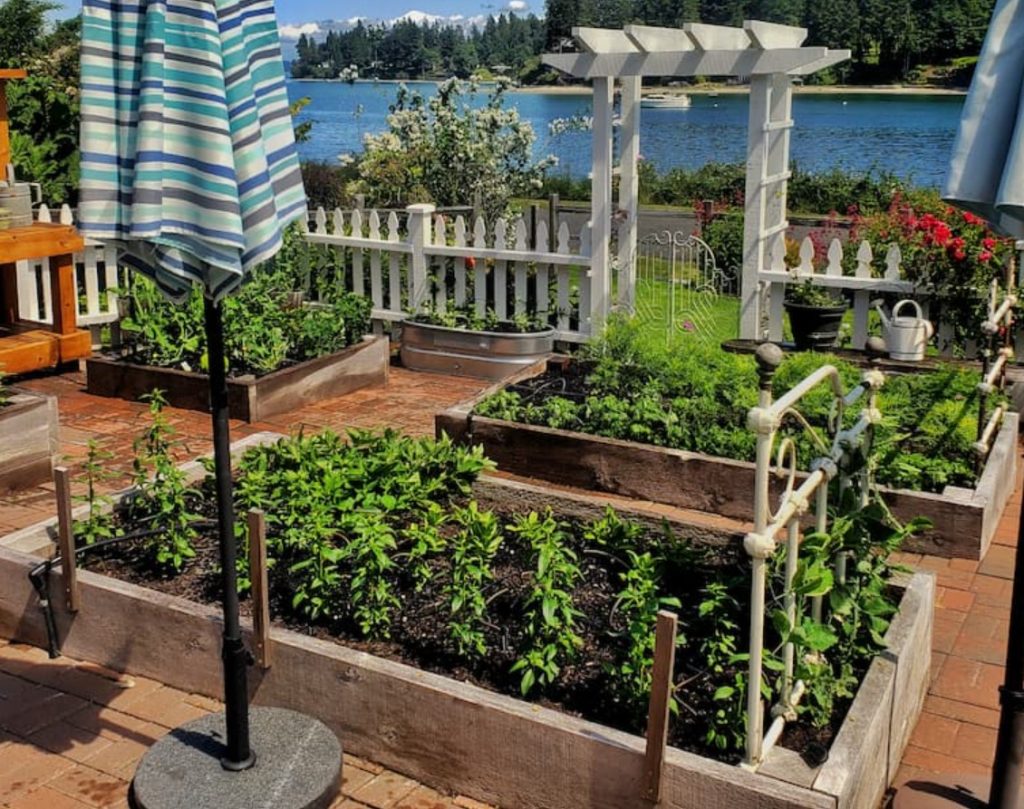
Figuring out how much space you have and how to use it is key to a healthy cut flower garden. Let’s break it down into easy steps:
- Measure Your Garden Area: This helps determine how many plants you can fit. Remember, fewer plants with enough space are better than too many crowded together.
- Follow Seed Packet Recommendations: Regarding spacing, seed packets are your friends. They usually tell you how far apart to plant each type of flower. Most cut flowers need about 6 to 8 inches of space around them. But some might need more or less.
- Adjusting Spacing for Certain Varieties: You can sometimes plant a bit closer than the packet says, especially for flowers that don’t get very bushy. This can help keep weeds down. But be careful not to crowd your plants too much. They need room to grow and get airflow.
- Start Seeds Indoors: Many cut flowers do well when started indoors. You can start seeds in small pots about 6 to 8 weeks before the last frost date in your area. When it’s time to plant outside, harden off your seedlings first. This means slowly getting them used to outdoor conditions.
5. Maintaining Your Cut Flower Garden

Taking care of your cut flower garden doesn’t have to be hard. Here are some simple tips to keep your garden healthy and blooming:
- Watering Schedules: Most flowers like deep watering a few times a week rather than light watering daily. This helps roots grow deep and strong. Water should be used early in the morning to reduce water loss from evaporation.
- Fertilization: Feeding your flowers is important, too. Use a balanced, organic fertilizer every 4-6 weeks during the growing season. Liquid fertilizers work well for quick boosts, while slow-release granules provide steady nutrition.
- Weed Control: Weeds can be a pain, but there are ways to keep them in check. Mulching around your plants helps a lot. For weeds that do pop up, pull them by hand or use a hoe. Try to catch them when they’re small.
When planning your cut flower garden, be aware of maintenance options and weed control. Though herbicides are convenient, some contain harmful chemicals. The ongoing Monsanto Roundup lawsuit underscores these risks, so consider safer, natural alternatives. - Pruning and Deadheading: Pruning and deadheading keep your flowers blooming longer. Cut off spent blooms regularly. This tells the plant to make more flowers. Cutting back the whole stem for some plants encourages bushier growth and more blooms.
- Watch out For Pests and Diseases: Check your plants often for signs of trouble. If you spot issues early, they’re easier to deal with. Many problems can be solved with simple solutions like washing off bugs with water or removing affected leaves.
6. Harvesting and Enjoying Your Flowers
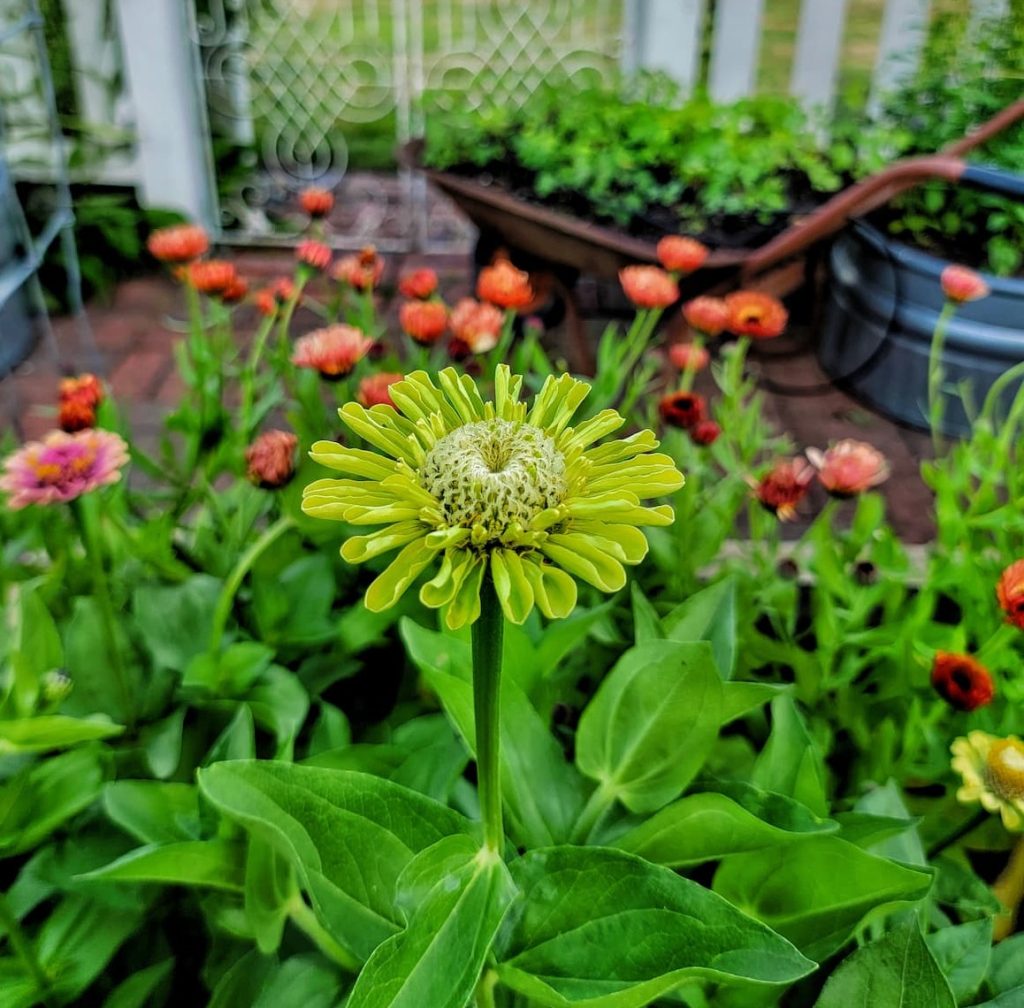
The best part of having a cut flower garden is bringing those beautiful blooms inside. Here’s how to get the most out of your flowers:
- Timing: Timing matters when cutting flowers. Early morning or late evening are best. At these times, flowers are full of water and will last longer in vases. Avoid cutting in the heat of the day.
- Tools: Use the right tools for the job. Clean, sharp scissors or pruning shears work well. Clean tools help prevent disease spread, and sharp cuts are better for the plants.
- Techniques: When you cut, do it at an angle. This gives the stem more surface area to drink water. Cut stems longer than you think you’ll need. You can always trim them shorter later.
- Post-Harvest Care: Give them special care once you cut your flowers. Remove any leaves that would be underwater in the vase. These can rot and make the water dirty.
- Conditioning Flowers: Immediately place freshly cut stems in a bucket of cool water. Let them drink for a few hours before arranging. This process, called conditioning, helps flowers last longer.
- Arranging Flowers: When it’s time to organize, have fun with it! Mix different colors and textures. Vary the heights of flowers in your bouquet. Don’t be afraid to experiment – there’s no wrong way to enjoy your beautiful blooms.
Special Considerations for Beginners
Starting a cut flower garden doesn’t have to be hard. Here are some tips to make it easier for new gardeners:
- Simple layouts: A basic rectangular or square bed is easy to manage. You can divide it into rows or blocks for different flowers, simplifying planting, weeding, and harvesting.
- Easy-to-grow flowers: Try zinnias – they grow fast and bloom all summer. Cosmos are also easy and come in lovely colors. Sunflowers are fun to grow and great for bouquets. Strawflowers are tough and last long after cutting. Sweet peas smell wonderful and are great climbers. Snapdragons add height and come in many colors.
- Small space gardening: You can grow flowers in containers on a patio or balcony. Use pots, window boxes, or even hanging baskets. Vertical gardening is another option. Try growing climbing flowers on a trellis or fence.
Conclusion
Let’s wrap up our guide to designing a beautiful cut flower garden. We’ve covered a lot, from choosing the right spot to picking the perfect flowers.
Starting a cut flower garden is all about learning and growing – both for you and your plants.
Don’t worry if everything isn’t perfect right away. Each season brings new lessons and joys. The most important thing is to enjoy the process.
Whether planning a big garden or just a few pots on your patio, you’re on your way to creating something beautiful.
So get your hands dirty and watch your garden bloom. Before you know it, you’ll fill your home with gorgeous, homegrown bouquets.
Happy gardening!





